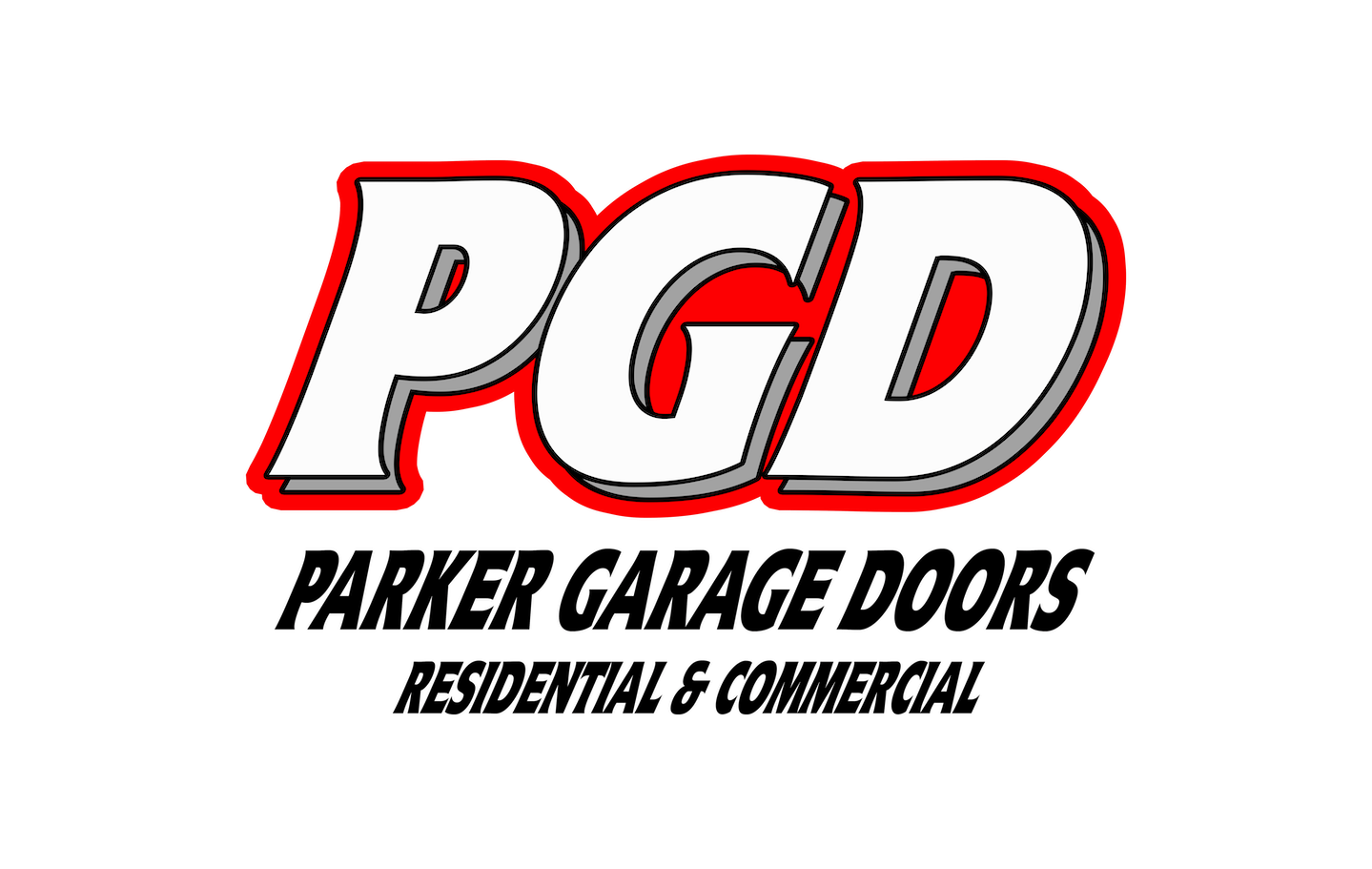Garage doors are most commonly constructed of sections or panels of steel in various sizes, thicknesses, and colors.
Steel gauges of 24, 25 or 26 are typical for residential doors, with the thickest being the 24-gauge steel. The spring system used most often has torsion springs located above the door’s center. One spring suffices for a narrow door, while two are necessary for wider garage doors. When using a sectional steel door, high quality rollers using ten ball bearings in the track, will increase the life expectancy of the garage door. Thickness of the hinges and brackets are also a consideration over the long-term.
Material Options
Sectional steel doors are constructed with insulation, steel backing, flush or raised panels, windows, locks with keys, and upgrades to the hardware. Since attached garages can affect the heating and cooling costs of the entire house, these doors are generally insulated with polystyrene that is vinyl backed and installed at the warehouse. Alternately, they can have insulation installed between exterior and interior steel panels, although this requires additional manufacturing steps and thus costs more.
Wood is another material option for garage doors. Wood doors can add a warmer and richer feeling to the entire home, but they generally need more maintenance than steel doors, since wood is more prone to warping and rotting. In addition, wood doors usually come with a higher cost than comparable steel doors.
Windows installed in garage doors also come in a variety of options for design and color, dependent only on the customers’ preferences and coordination with the door color. Windows can be used in doors regardless of whether they are made of steel or wood.
Call the professionals at Parker Garage Doors & More to learn more about what type of garage door is best for your home or business.

Parker Garage Doors is your trusted expert in garage doors, entry doors, and security gates. We provide high-quality installation, repair, and maintenance services to ensure your home or business stays secure and stylish. With a wide range of durable and attractive door solutions, we help enhance your property’s safety and curb appeal.
